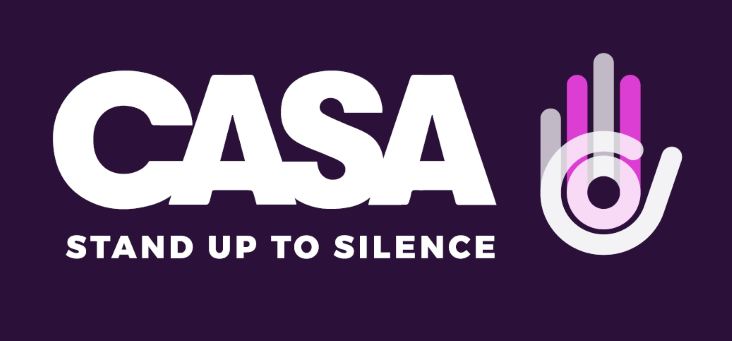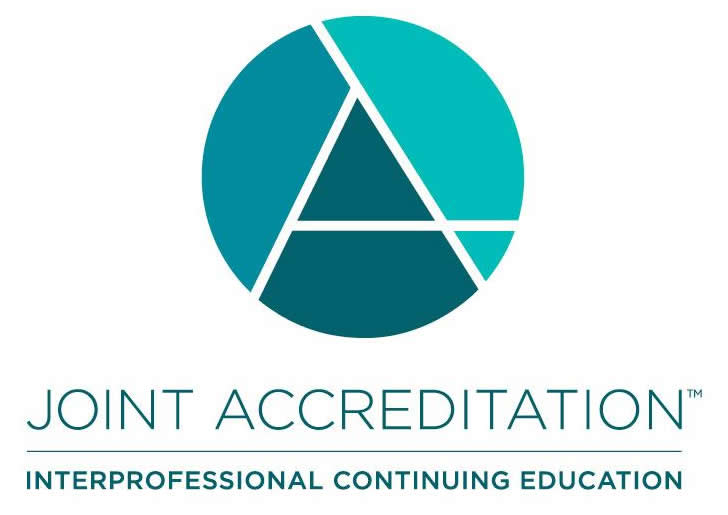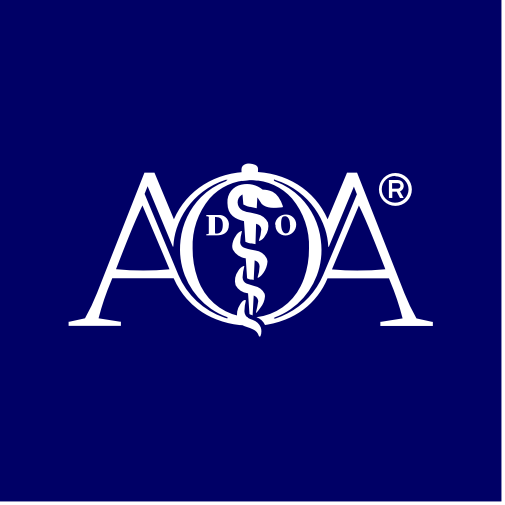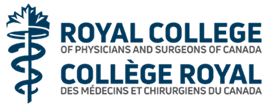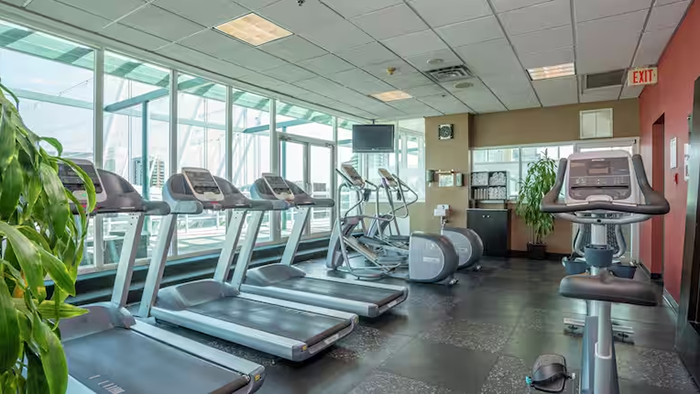
COURSE CREDITS & HOURS
16 AMA PRA Category 1 Credits™16 ACPE Credits
16.0 Contact Hours
COURSE FEES
TARGET AUDIENCE
PROGRAM PURPOSE
- Identifying character traits that promote clinician well-being, resilience, and positive patient outcomes in health care
- Define clinician resilience and well-being
- Identify 3 positive outcomes linked to clinician well-being
- Review 24 distinct character strengths that promote resilience and well-being
- Identify and learn to apply personal character strengths to enhance professional resilience in health care settings.
- Identify participants' top 5 character strengths which promote professional resilience and well-being
- Identify workplace applications of these character strengths to enhance well-being, reduce burnout, and improve patient care
- Using evidence-based techniques from Positive Psychology and Cognitive Behavioral Therapy to enhance resilience
- Learn three brief, evidence-based techniques for building professional resilience and well-being in oneself, team members, and patients
- Identify health care applications of evidence-based techniques to promote well-being and resilience of clinicians and patients.
- Identify situations in which resilience-building techniques can be utilized to promote well-being in health care settings
- Discuss implementation strategies and practice utilizing evidence-based techniques to improve well-being
- Assessing and promoting clinician flourishing in health care systems
- Define flourishing in contrast to burnout in health care clinicians
- Identify multi-level promotors of flourishing in health care clinicians
- Assessing and addressing provider burnout in healthcare systems
- Understand and distinguish three aspects of professional burnout
- Review and have the option to complete a standard measure of professional burnout
- Identify 3 systems-level interventions to reduce health care clinician burnout
- Identifying and addressing systemic factors in health care to promote professional resilience and well-being
- Appreciate factors at the institutional level which correlate with health care clinician burnout
- Summarize institutional and team-based factors that reduce burnout and promote well-being, professional resilience, and positive patient outcomes
- Develop a S.M.A.R.T. goal to improve professional resilience, well-being and sustainability
- Identify 2-3 opportunities in which participants can promote professional resilience and impact their well-being, practice, team, or health care system
- Design a short-term S.M.A.R.T. goal to enhance professional well-being, resilience and sustainability
>li>Approach to the emergency airway
- Utilize an approach to the airway that allows for less anxiety, better control of a potential crisis situation, and better outcomes
- Aortic Disasters - a case base approach to Thoracic Aortic Dissection AAA and more
- The learner will be better prepared to encounter a low frequency high risk illness, with a cognitive approach
- The Treatment of Civilians in Combat Zones
- Beacquainted with needs of civilians ill in injured in combat zones that may differ from those of combatants and from those seen in usual circumstances. This includes issues such as acute and post traumatic stress, sexual violence as well as traumatic injury
- Dangerous ENT Infections
- After a case based discussion of several infectious emergencies the learner will be better equipped to diagnose and treat these conditions
- Environmental Emergencies
- Diagnose and categorize accidental hypothermia and hyperthermia to assess for life and limb threatening situations and initiate appropriate treatment
- Ketamine - from sedation to psychiatry
- Be familiar with the history of the medication Ketamine, its uses for sedation and pain control and the evidence and protocols for the treatment of depression. We will review efficacy and safety
- Vertigo in the Emergency Department
- Be familiar with the causes of vertigo and how to distinguish vertigo of a 'peripheral' or inner ear source, vs a central or vertebrobasiar circulatory source (stroke)
- Decision making in the Emergency Department
- Be familiar with and be able to analyze his/her and other's decision making process and reduce bias and improve judgement in real time



